Perhaps the greatest chapter of book censorship and banning in History is certainly that of the Roman Catholic Church. Until the invention of printing by Gutenberg in 1440, knowledge was the privilege of the few:Manuscript books were very expensive and kept mainly in monasteries and the courts of kings.
The printing press overturned the establishment and the words of the writers began to be transmitted to the rest of the social strata. But with knowledge comes critical thinking and questioning, concepts the Catholic Church has never liked. Through the Inquisition, he attempted to control the publications that were being published and to prevent the circulation of those he deemed "heretical". However, the volume of publications was so great that the Vatican was forced not only to create a separate annex (s.b.:called the "Holy Collection of the Index") to deal exclusively with printed matter but also to introduce a "black list " of books, the reading or possession of which constituted blasphemy and a criminal act.
The list was established in 1557 by Pope Paul IV and was entitled "Index Librorum Prohibitorum" (i.e. Table (or Index) of Prohibited Books). It contained all books that the Catholic Church deemed anti-Christian or, in its view, contained provocative sexual details. Any Catholic reading one of the banned books would be excommunicated.
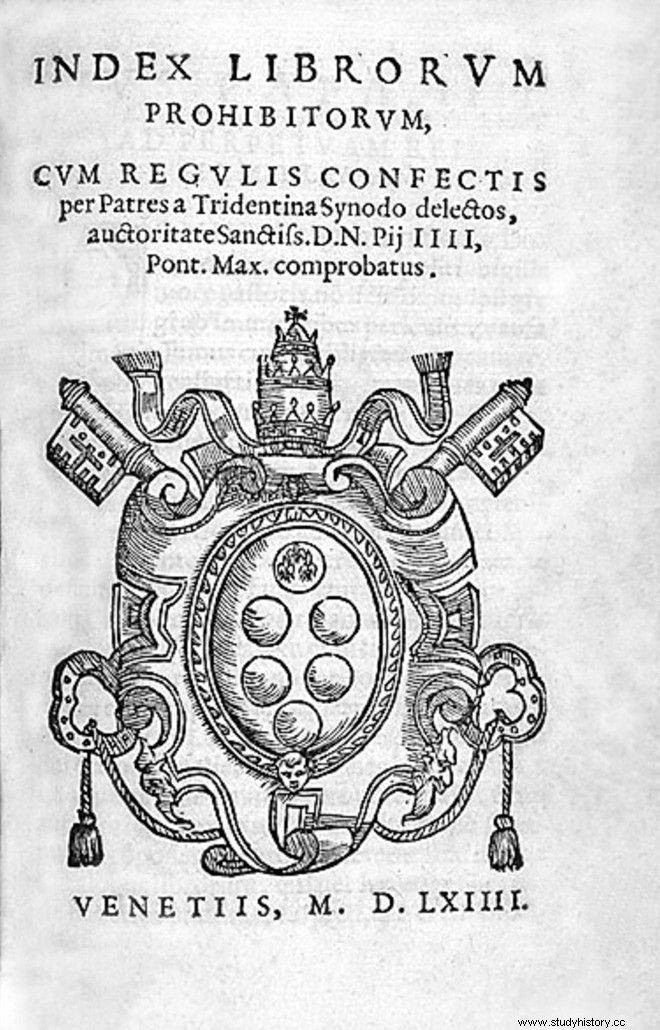
It is of course obvious that the main criterion for banning a book was how much it opposed the principles and teachings of the Church and not its cultural or scientific value. It is worth noting that the ban did not apply only to the papal spheres of influence:Each kingdom had its own list of forbidden books, set independently by the Vatican.
In France, more than 800 writers and publishers were imprisoned in the Bastille until the start of the French Revolution in 1789. The first list banned all works by Luther and other Protestant reformers.
The works of the Ancient Greeks and Romans received corrections and removed all the parts that referred to pagan and pagan teachings, which were not compatible with Christianity.
Almost all modern philosophers were banned, including Descartes, Spinoza, Locke, Rousseau, Voltaire and Kant. In other words, the intellectuals, on whose works modern European civilization was based, were banned. Also included were writers such as Balzac, Flaubert, Hugo and Zola.
Notably, among the famous authors included in the list were:
- Galileo Galilei
- Francis Bacon
- Honore de Balzac
- Giacomo Casanova
- Nicolas Copernicus
- Rene Descartes
- Deni Diderot
- Alexander Dumas (father)
- Alexander Dumas (son)
- Desiderius Erasmus
- Marquis de Sade
- Gustave Flaubert
- Thomas Hobbes
- Victor Hugo
- David Hume
- Immanuel Kant
- Nikos Kazantzakis
- John Locke
- Niccolo Machiavelli
- Karl Marx
- John Milton
- Blaise Pascal
- Jean Jacques Rousseau
- Georgia Sandi
- Jean-Paul Sartre
- Voltaire
- Emile Zola
- Simon de Beauvoir
It is worth noting that Darwin's studies were never included in the list, despite the strong reactions they had caused when they were presented to scientific committees. Another interesting tidbit is that the first woman listed in 1569 (mainly because of her Lutheran beliefs) was Magdalena Heymar for the children's book "Sunday Epistles of All Time".
The prohibited list was constantly renewed from the 16th to the 20th century. Its end came in 1966, when Pope John Paul VI decided to abolish it, arguing that the criteria according to which additions were made to the list had lost their validity in the 21st century. On June 14, 1966, the following papal statement was published in the Vatican Gazette:"Although the official prohibition is lifted, the Catalog retains its moral force, in the sense that it taught Christians to guard against writings that endanger the their faith and morals. The willful violation of this duty is a sin, even if it does not incur ecclesiastical punishment ».
On the occasion of the completion of 54 years since the abolition of the "black" list, News 24/7 presents four of the most famous writings that were "hidden" from the faithful by the Catholic Church as well as two that "escaped" censorship:
REVOLUTIONS OF THE HEAVENLY SPHERES - COPERNICUS
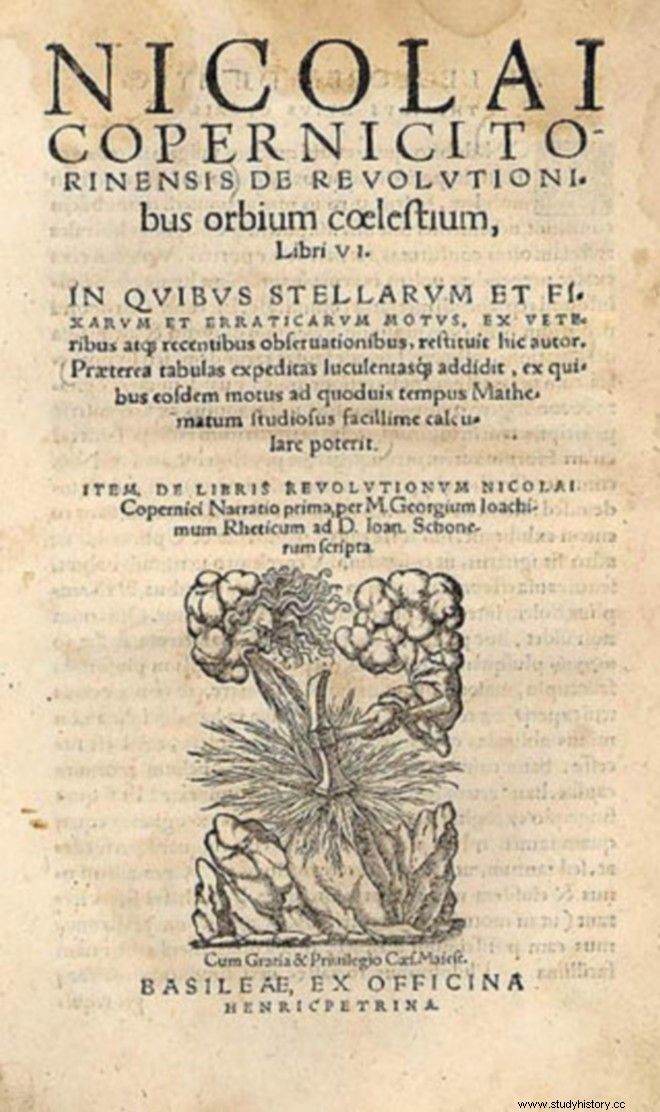
Copernicus' life work "De Revolutionibus Orbium Coelestium Libri VI" ("Six Books on the Revolutions of the Heavenly Spheres") also caused the wrath of the Catholic Church, since his theories about the movements of the heavenly bodies were considered heretical at the time. The title of the work had a historical impact in itself, since it gave the Latin name revolutio (rotation, circulation) to any sudden and fundamental change in thought or in society (hence the English and French revolution =revolution).
In his 6 "books" he essentially presents a modification of Ptolemy's theory of a moving Earth and incorporates more than 1,000 years of astronomical observations (note:he lists 100 pages of tables with over 20,000 numbers).
The topics per volume were as follows:
- General overview of the Heliocentric Theory and summary of his idea of the Universe
- Principles of Spherical Astronomy and a catalog of stars
- Motions of the Sun and related phenomena
- Description of the Moon and its orbital movements.
- The main report of the new system (part a')
- The main report of the new system (part b').

It is remarkable that the manuscript of the work, written by Copernicus' own hand, is preserved, which is rare for a scientific work of that time.
GALILEO'S "DIALOGUE"
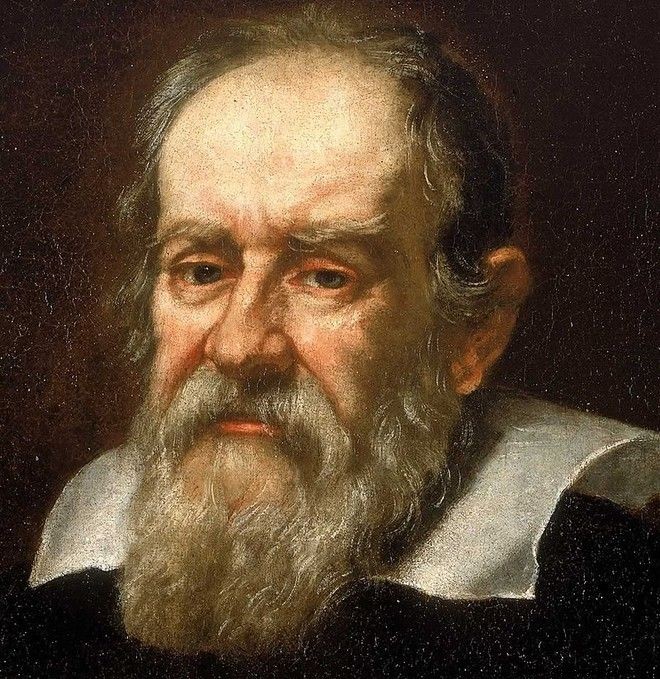
The Italian physicist, mathematician, astronomer and philosopher, Galileo Galilei is known in history for his boldness to oppose the popular and accepted teachings of his time. He clashed in 1633 with the Roman Catholic Church, which accused him of breaching the Edict of the Prohibited List published on March 6, 1616. His "negligence" was the publication of his "Dialogue Concerning the Two Greatest Systems of the World" in 1632, the which according to the authorities of the Holy Court explicitly violates the Decree of 1616). Galileo was summoned to the Hierarchy in Rome in 1633, formally imprisoned, and after denying that through the Dialogue he preaches the doctrine of Copernicus as an astronomical truth, which is not accepted by the judges, he finally renounces his ideas concerning the motion of Earth. His "Dialogue" was automatically banned.
Pope John Paul II restored Galileo's memory in the fall of 1992, three and a half centuries after his case was tried and his ideas were condemned.
THE MEMOIRS OF CASANOVA
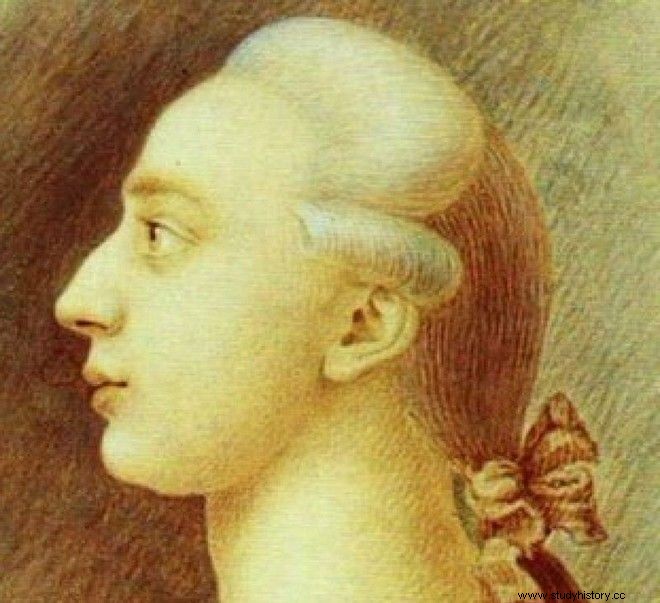
The famous Italian adventurer and unrepentant bon vivant Giacomo Casanova in his memoirs spoke among other things about a long series of seductions that made his name synonymous with the relentless pursuit of pleasure, and - above all - the happy lover. It is therefore not surprising that his "spicy" writings did not fall under the code of the Catholic Church.
"Love is nothing more than a simple curiosity" he used to say and as a curious person he wanted to discover every aspect of women that he could perceive...
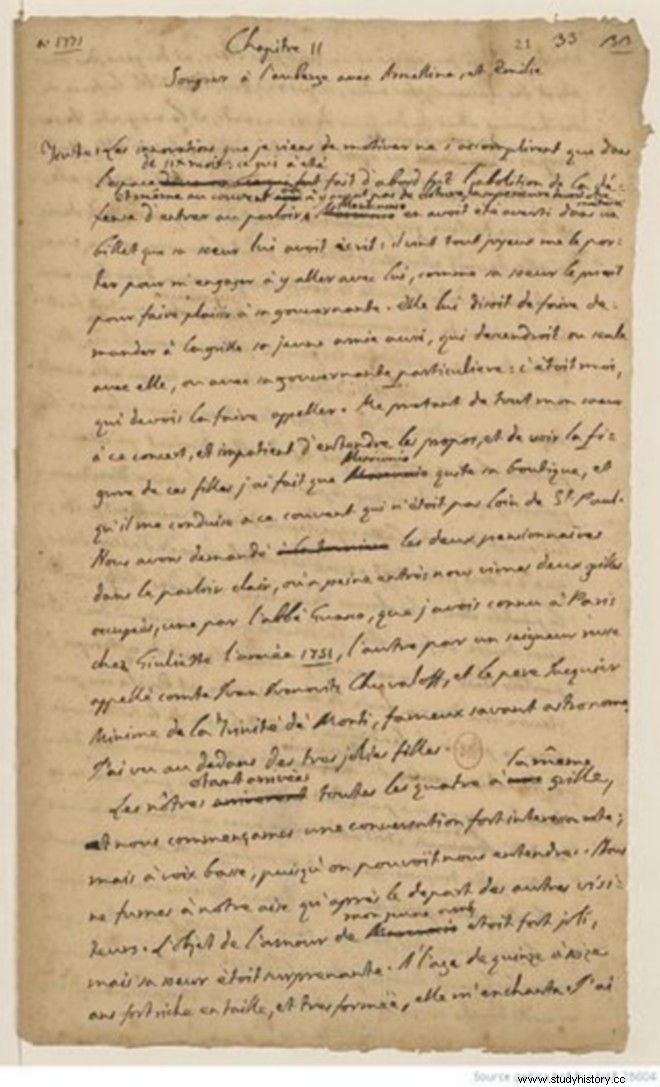
THE LAST TEMPTATION - KAZANTZAKIS

In 1954, the Vatican banned Nikos Kazantzakis' book, "The Last Temptation". The author sent a telegram to Pope Pius XII with the Latin saying of the "father" of the Latin-speaking church, Tertullian:"Ad tuum, Domine, tribual appelo", meaning "To your court, sir, I appeal". Kazantzakis' telegram had no effect.
The Greek Church, in turn, characterized the work as "scandalous and dangerous for every Christian" and demanded that the circulation of the book be banned in Greece as well. The author's reply was as follows:"You gave me a curse, Holy Fathers, I give you a wish:I wish you to have a conscience as clear as mine and to be as moral and religious as I am." .
Off the list is "Barba Thomas Hut"
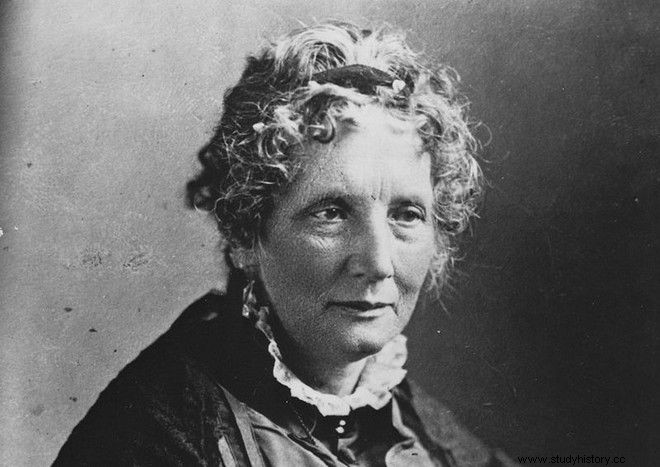
In 1852, the book "Barbara Thomas's Cabin" was published by the American author, Harriet Beecher Stowe. It recorded huge sales and spread throughout the Western world the message against slavery. The Vatican was alarmed, because Stowe belonged to the Protestant Quaker sect, and the play was considered to "convey the poison of the Protestants".
But one of the committee's advisors strongly defended the book's theme, namely the abolition of slavery:“That's exactly what we Catholics want. Have you forgotten that all people are descended from Adam and Eve and are equal in the eyes of God?" His argument convinced the committee and the book was not added to the list.
Besides "My Race"
One book that never made the list was "My Struggle" by Adolf Hitler. The Vatican, under the watch of Benito Mussolini's fascist regime, did not dare to oppose the Fuehrer of the Third Reich. He used as justification the passage from the letter of the Apostle Paul to the Romans, which said that state authority comes from God and must be obeyed...
